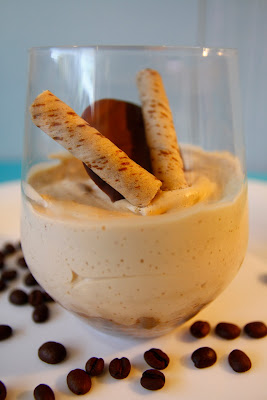This is a simple and traditional dessert, although the
rooibos raisins add a slight variation and delicious new flavour.
Bread and Butter pudding
170g raisins soaked in rooibos tea
300ml Cream
375ml (1 tin) evaporated milk
4 egg yolks
50g castor sugar
8 sliced of white bread
125ml apricot jam
5 ml vanilla essence
1 teaspoon vanilla bean paste
1.
Grease an oven proof tray, around 25cm, sprinkle
some soaked raisins over the bottom.
2.
Spread apricot jam over your slices of bread.
3.
Slice the pieces into whatever size you prefer,
they shouldn’t stick out too much over the top of the tray.
4.
Lay the bread neatly in your dish and sprinkle
the rest of the raising in-between each slice.
5.
In a sauce pan bring cream and half the
evaporated milk to a boil.
6.
In a jug or small bowl, beat egg yolks, sugar,
vanilla essence and excess evaporated milk.
7.
Pour mixture into the heated cream and stir thoroughly
until it just slightly thickens.
8.
Remove from the heat and pour over your bread,
if it seems too full, let the bread soak up some custard and then add more.
9.
Place in a water bath and turn oven to 160C,
bake for around 45 minutes. Don’t over cook the custard or it will turn eggy.
10. Serve
warm and simply on its own.
This is great if you have left over bread in the house that
is beginning to go stale. Most of the ingredients will be in you pantry already
so it’s easy to make anytime. Don’t be afraid of the rooibos tea, it just gives
a subtitle flavour and isn’t overpowering. If you don’t have rooibos in your
house simple soak the raising in boiling water until they swell.







